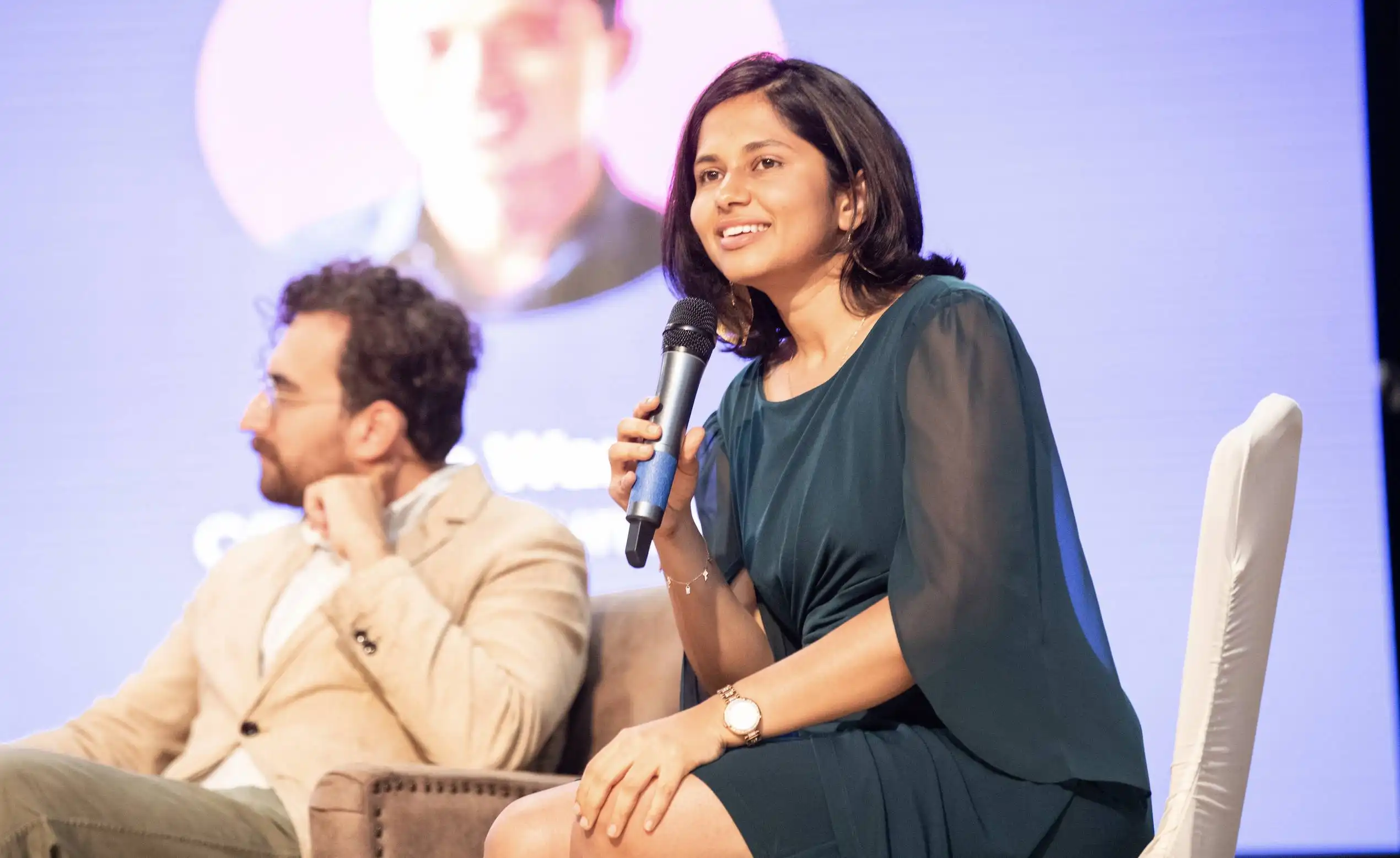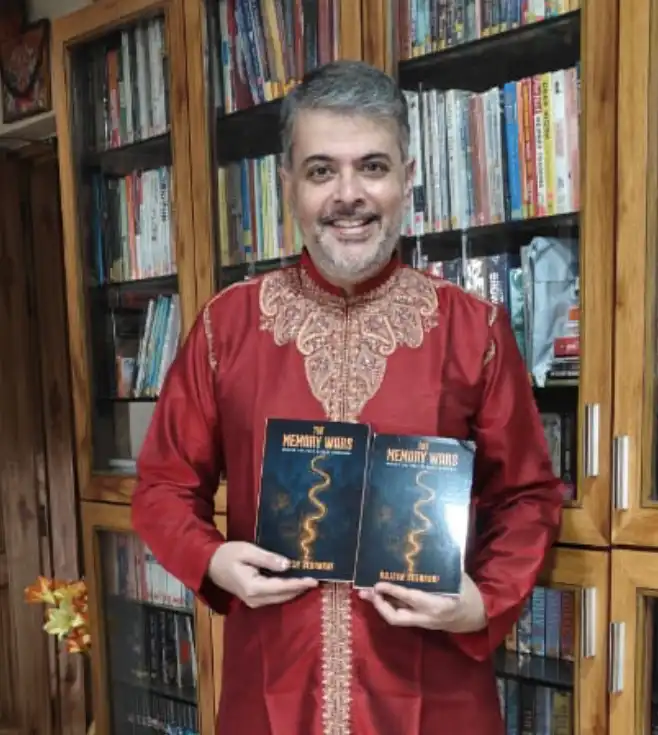I stood in front of a group of young guns, a marker in my right hand, my back facing the whiteboard. “Hello, let’s begin,” I said as I turned around and began my journey towards explaining a complex workflow.
“The patient comes here, at this touchpoint,” I started while drawing rectangular boxes followed by arrows and continued my monologue for the next few minutes.
I turned around, coming face to face with my audience, noticing a group of expressionless faces. At the back, I slowly saw a hand inching up at a snail’s pace to ask a question.
I nodded as the young man stood up and bellowed, “I don’t understand one word of what you are saying!!” My body froze instantly as my heart raced, as his blunt but candid feedback echoed in the room.
In hindsight, when I look back, it was possibly one of the best feedback I received. If you want to improve, you must look in the mirror or sometimes be shown the mirror.
At this point in my career, I had amassed knowledge spanning over ten years of work experience, but still, I stumbled. Why, you ask? The answer lies in this story’s title, “Avoid the Curse of Knowledge.”
The human mind can grasp things one at a time, but we usually want to share tonnes of data and information in one go. In our mind, that idea/concept/data is clear, but its not that straightforward to share/explain it to someone. Well, that’s the first and most important lesson I learned (the hard way): focus on one (max three) thing/data points in a slide.

In any setting, a presenter is mainly asked, “How many slides are you going to present?”
Our response is greeted with shock and awe as we hear, “Twenty slides!! No, no, no, you only have a fifteen-minute slot; please collate all the content into five slides.”
The question is not about slides but the weight of content on each that makes or breaks the presentation. If your one slide is filled with so much content, then fifteen minutes will feel like eons. Once, I ran a presentation with fifty slides in one hour, but it is essential to know that most slides had one image and a tagline. We must remember that the audience(large) is here to listen to the presenter and not read the slides.
If your meeting is a discussion, then yes, very well use a slide with lots of content. However, the reading/discussion deck will not help if it’s a live presentation.
Another aspect to consider while presenting is knowing your audience and involving them. In the example I shared at the start, I used a monologue, which was frankly dull.
For ease of reference, let’s summarize some points we discussed.
- Understand your audience
- Involve your audience via questions, dialogue, or even an activity.
- Share one concept/idea at a time.
- Use the five senses while presenting wherever possible,
- Showing a demo will be more impactful than just talking about an idea.
- Use more visuals as they enhance cognition.
- Leverage the power of stories, which could be your experience.
The final point I would like to share is Keep It Simple. Here, I must share a quote from Rabindranath Tagore, “It is very simple to be happy, but it is very difficult to be simple.”
If you want to know more about storytelling, then check out my course on Udemy: https://www.udemy.com/course/storytelling-via-presentations/




